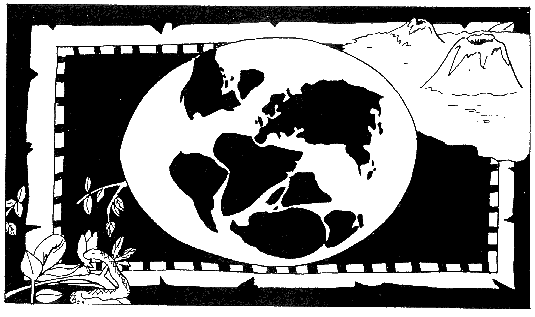








History of B.C.

British Columbia Becomes a Land Mass
A chain of volcanic islands that originated 1300 kilometers west of San Francisco came crashing into the coast of British Columbia during the Jurassic period. The islands, which used to be in the proto-Pacific Ocean over 250 million years ago, became part of what is now the interior of British Columbia. More "additions" to British Columbia were to come, making it a province made up of at least five major terrain groups, each originating in the Pacific Ocean.

Because of the crashing islands, volcanic activity resulted in British Columbia in the Cretaceous. Volcanic ash and flows showered down upon the swamps and forests in a climate like that of BC today. Coalfields were formed locally, indicating a moist climate with thick forests. The climate of British Columbia during the Cretaceous was much warmer than at present, and the province lacked the dryness of today's interior. The mountain ranges of the interior existed, but the Coast Range had not yet formed and the Rocky Mountains were in their infancy. Because of the warm environment, our land was covered in vegetation much more lush than is possible today. Permanent ice or glaciers were unlikely to exist, except perhaps on the highest mountaintops.